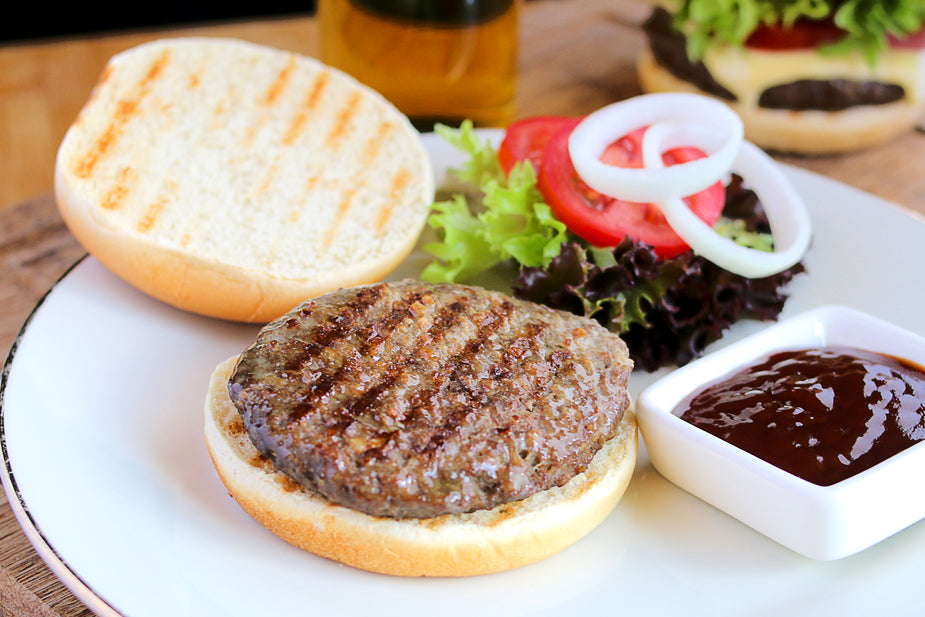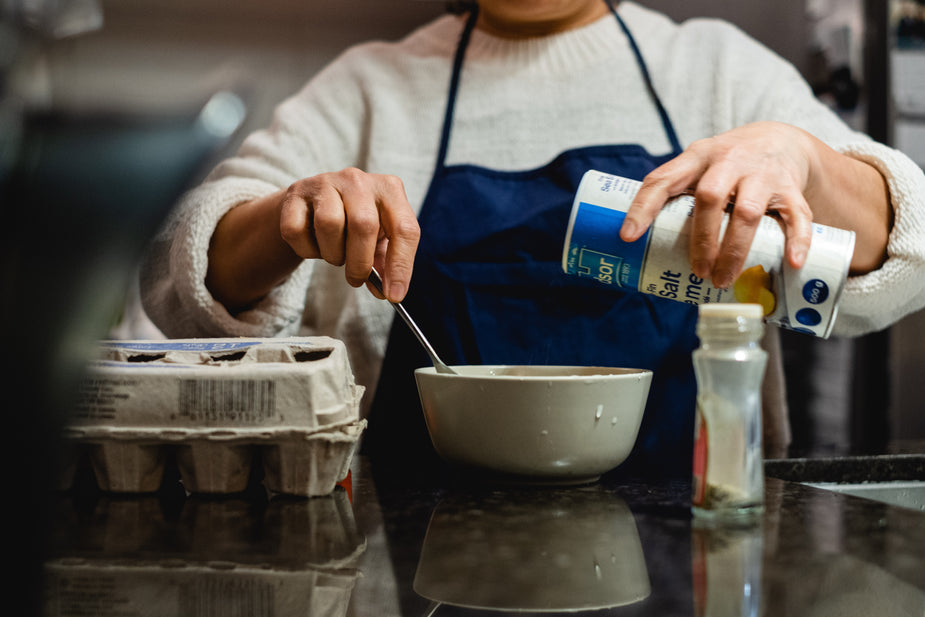LOW CALORIE BURGER
I made Taco Soup over the rainy weekend, a recipe I copied down at Weight Watcher’s last week. It’s basically pinto beans, hominy, canned tomatoes with chiles and a packet of taco seasoning.The leader said the entire recipe was 63 WW points value. It looked to me like it would yield 5.5 quarts, thus 11 … Read more









